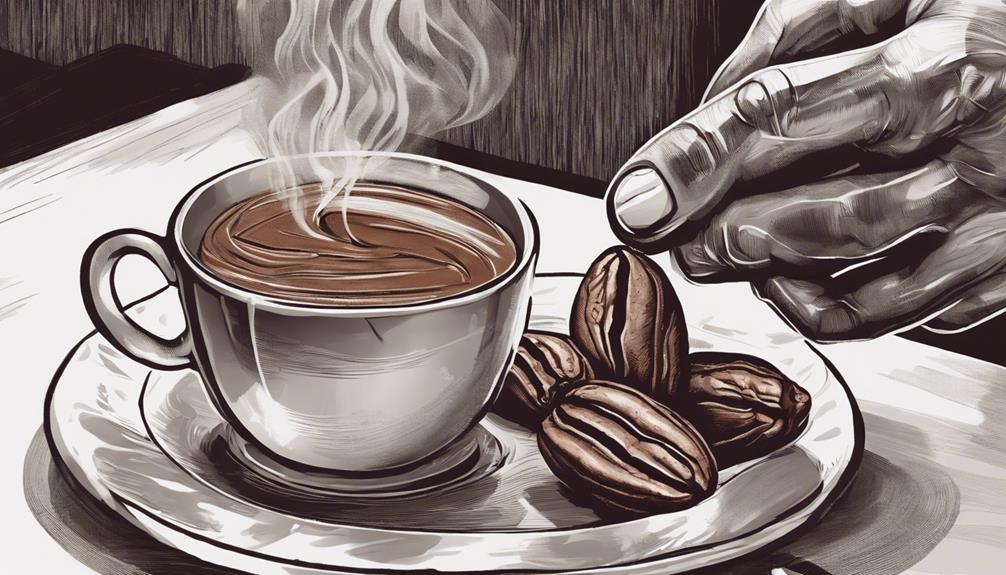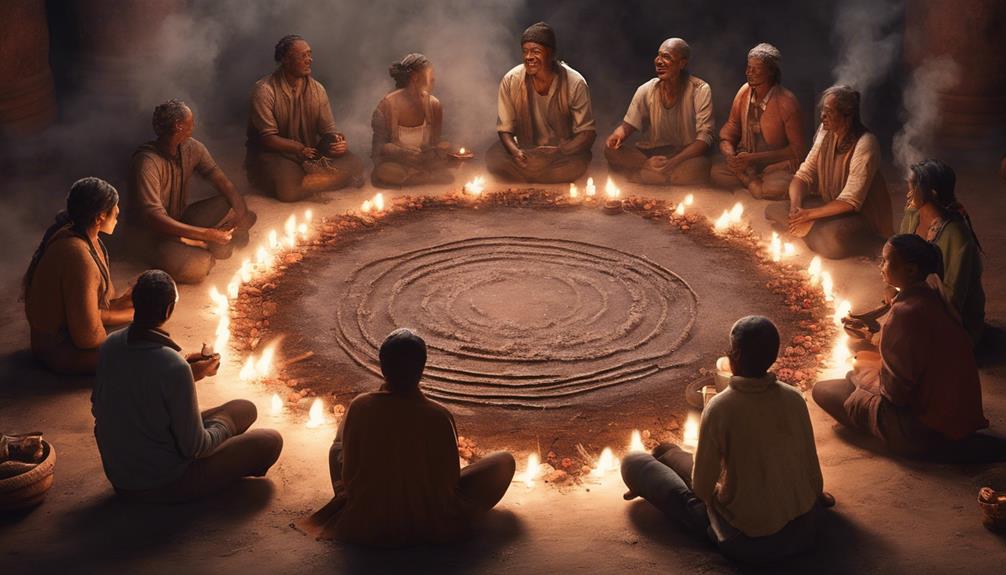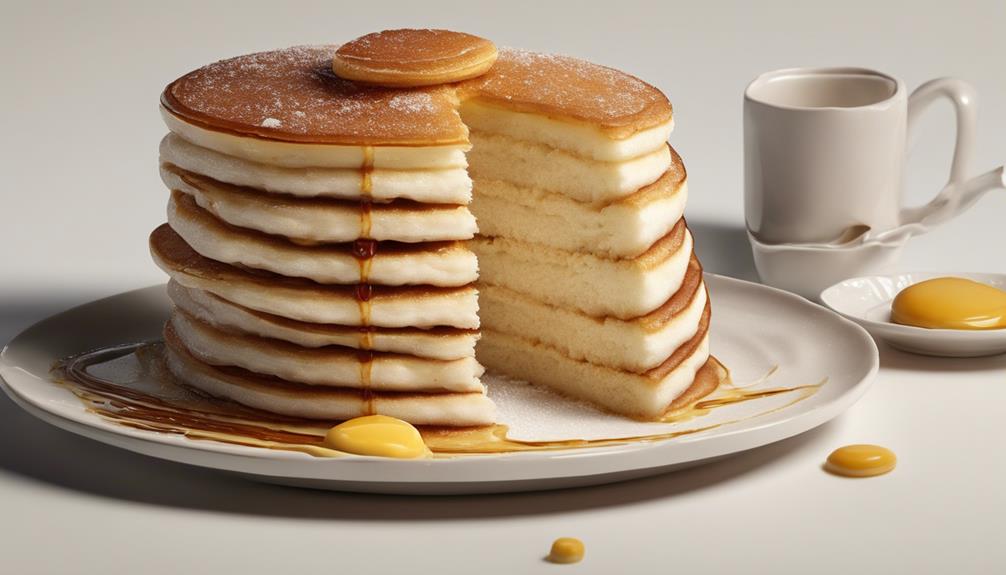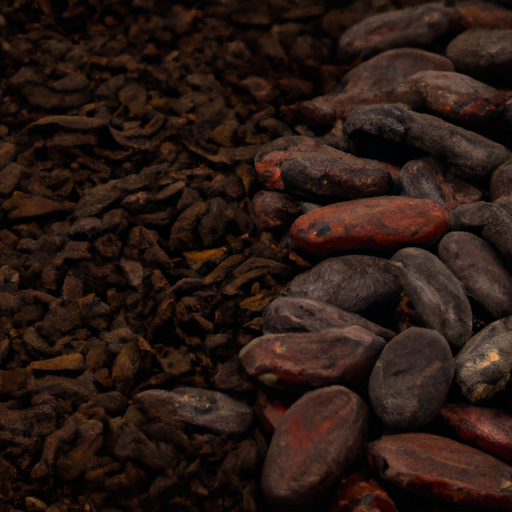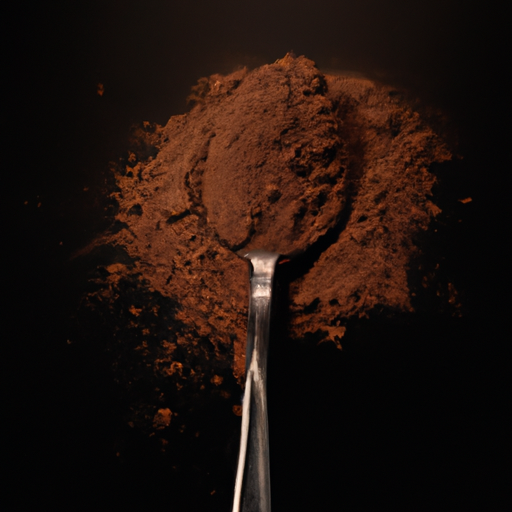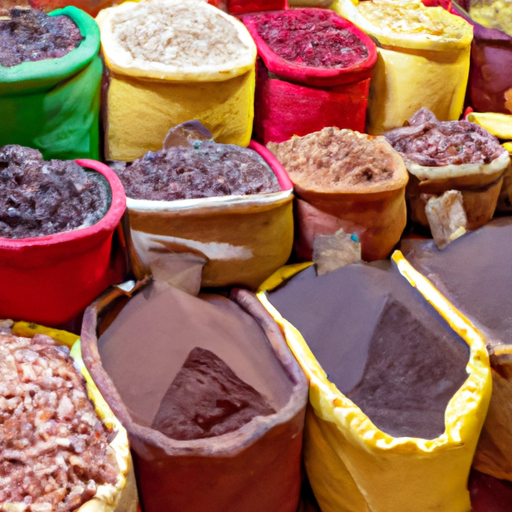Making cacao is simple. You start by **fermenting the beans** to unlock rich flavors and get rid of any bitterness. Then, **roast the beans** to bring out their aroma and discover subtle flavors for a smoother taste. Lastly, **grind the beans** to extract cocoa butter, giving the cacao a silky texture. These steps are crucial for creating delicious homemade chocolate. Perfecting these methods ensures a wonderful cacao-making journey. Ready to dive into the world of chocolate making? Start with these three steps for a sweet success!
Key Takeaways
- Ferment, roast, and grind cacao beans for homemade chocolate.
- Brewing cacao powder with hot water extracts rich flavors.
- Microwave extraction method for velvety cacao butter.
- Simplified three-step process for making cacao at home.
- Manual grinding refines texture and taste of cacao paste.
Ferment, Roast, Grind
To make high-quality chocolate, I ferment, roast, and grind cacao beans in three essential steps.
Fermentation is where the magic begins. By fermenting the cacao beans, we initiate the process that develops those rich and diverse flavors you love in chocolate. This step also helps eliminate any bitterness, paving the way for a smoother taste.
Next up is roasting. Roasting the cacao beans is like cranking up the volume on a song you adore; it enhances the aroma and flavor by revealing those hidden notes through caramelization. Imagine the smell wafting through the air, promising a treat for your taste buds.
Finally, we come to grinding. This is where the transformation truly takes place. The roasted cacao beans are ground into a paste, releasing the coveted cocoa butter and creating a silky, liquid consistency. The grinding process refines the particles, ensuring the texture is just right for that melt-in-your-mouth experience.
Together, fermentation, roasting, and grinding work harmoniously to craft high-quality chocolate with layers of flavor and a luxurious texture.
Extract, Blend, Incorporate

I extract the essence of cacao by brewing finely ground high-quality cacao powder with hot water. This process helps to reveal the rich flavors of the cocoa beans, resulting in a fragrant and flavorful base for homemade chocolate.
Once the cacao powder is brewed, I blend the mixture carefully to make sure that the cocoa solids and cocoa butter are well combined. This blending step is vital for achieving a smooth and velvety texture in the final product.
Incorporating the brewed cacao into drinks like lattes or Americanos adds a unique twist to your beverages. The versatility of this brewed cacao allows for personalization by adjusting the cacao-to-water ratio to suit individual preferences.
Microwave, Blend, Grind
Using the microwave to extract cacao butter results in a smooth texture for homemade chocolate. This method helps retain the quality of the cacao butter, enhancing the overall satisfaction of your homemade treat.
Here is a simple guide to creating delicious cacao in three easy steps:
- Start by microwaving cacao nibs to extract the rich cacao butter, ensuring a velvety texture in your final product.
- Next, blend the melted cacao butter with the cacao nibs to create a delectable paste bursting with flavor.
- Finally, manually grind the cacao paste in a mortar and pestle to refine its texture and intensify its unique taste.
Frequently Asked Questions
How Do You Make Cocoa Step by Step?
To make cocoa, I enjoy using cacao powder in a coffee filter, adding hot water, and mixing it gently with a spoon. Then, I filter the brewed cocoa into a cup and savor it as an americano or latte.
What Are the Steps of Making Cocoa?
Making cocoa involves simple steps: place cacao in a filter, add warm water, stir for brewing. Filter for smoothness, then savor as americano or latte-style. It's a cozy ritual that warms the soul.
How to Make Brewed Cacao?
To make brewed cacao, place cacao powder in a coffee filter, pour hot water, mix, and filter. Enjoy the brew by adding milk for a latte or hot water for an americano. It's a delightful process.
What Is the Difference Between Brewed Cacao and Cacao Powder?
Brewed cacao offers a smooth, aromatic experience as I steep cacao grounds in hot water, distinct from cacao powder's direct use. The brewing process extracts nuanced flavors, making for a unique liquid form of cacao.
Is Making Cacao Using a Tea Recipe Different from Traditional Methods?
Yes, making cacao using a tea recipe is different from traditional methods. The delicious cacao tea recipe involves brewing cacao shells with hot water, while traditional methods involve fermenting cacao beans and grinding them into a paste. The tea recipe creates a lighter, more aromatic cacao flavor compared to traditional cacao preparation.
Conclusion
In just three simple steps, you can easily make cacao at home. Remember to ferment, roast, and grind the cacao beans to bring out their rich flavor.
Then, extract the cacao nibs, blend them to your desired consistency, and incorporate them into your favorite recipes.
Finally, microwave, blend, and grind the cacao to create a delicious treat. With a little patience and practice, you'll be enjoying homemade cacao in no time.
Remember, practice makes perfect!

